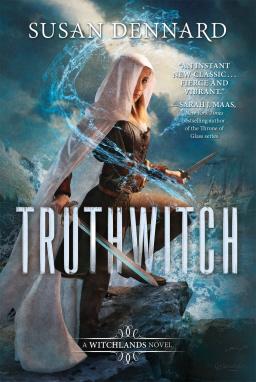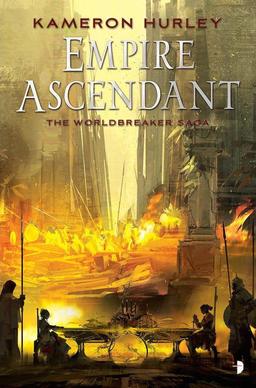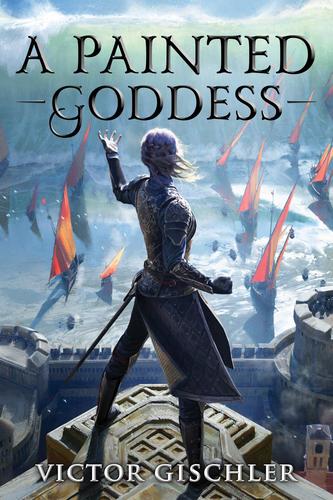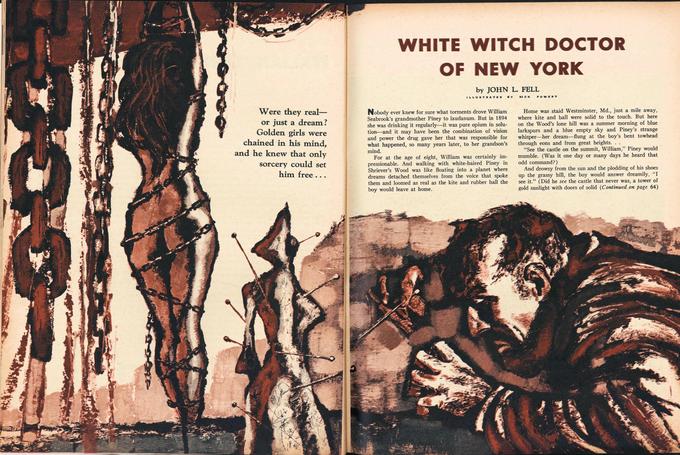Weird Fiction Review #6 Now on Sale
 Weird Fiction Review #6 has a very clever cover. It’s an homage to Sgt. Pepper, of course, but it’s also more than that.
Weird Fiction Review #6 has a very clever cover. It’s an homage to Sgt. Pepper, of course, but it’s also more than that.
Click on the image at right for a bigger version to see what I mean. Jammed into that group photo are 69 “Giants of Weird Fiction.” How many can you recognize? Sure, you can pick out Edgar Allan Poe, H.P. Lovecraft, Ray Bradbury, and Stephen King. But can you spot Karl Edward Wagner? Forrest J. Ackerman? Salvadore Dali? Neil Gaiman? How about Gene Simmons?
Weird Fiction Review is an annual magazine edited by S.T. Joshi, and devoted to weird and supernatural fiction. This sixth issue contains original stories and essays by Laird Barron, Jonathan Thomas, Mollie Burleson, James Goho, Jason V Brock, and Michael Aronovitz; a lengthy interview with Clive Barker and a new interview with T.E.D. Klein; a 24-page full-color gallery of art by Christopher Conn Askew, an essay on Robert E. Howard-inspired art in the comics; a heavily illustrated essay on the artwork of L.B. Cole, and much more. It is priced at $35.
Here’s what Nick Ozment said about the last issue:
On the high $35 cover price: you can typically find the new(er) issues for substantially less than that. If you pre-order issue 5 on Amazon, they have it discounted to $26.60. And you can find copies of issue 4 for around $18. Not so for the first three issues: the cheapest issue 3 on Amazon will set you back $999.11!
Sounds like a sound investment to me.

 Today we’re talking to
Today we’re talking to 







